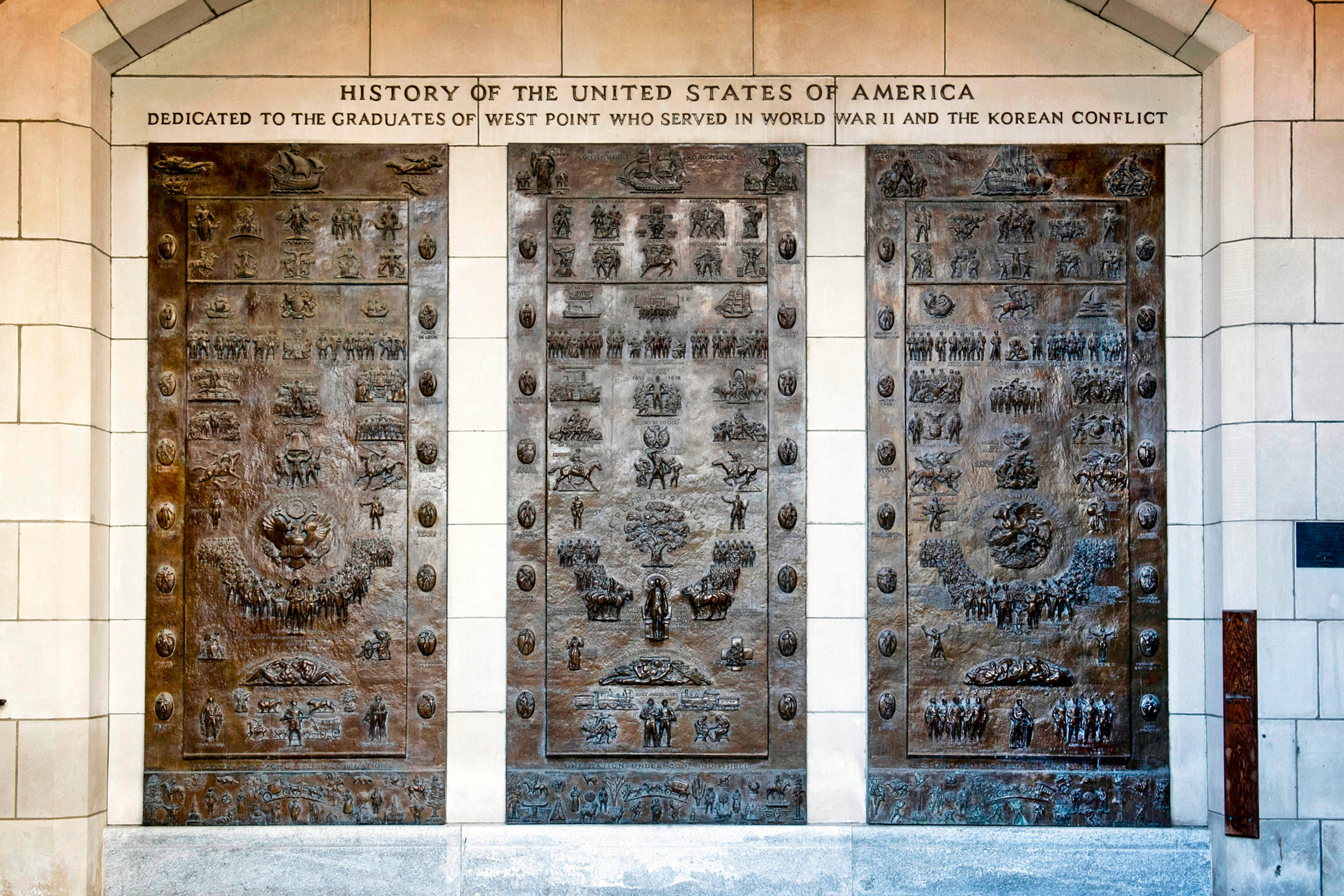West Point moves to erase Confederate symbols including portrait of former superintendent Robert E Lee
The U.S. Military Academy in West Point will begin taking down memorials commemorating figures of the Confederacy

Before turning against the U.S. military to command the Confederate army, Robert E. Lee served as the superintendent of West Point, the hallowed military academy that produced patriots like Ulysses S. Grant, Douglas MacArthur and Dwight Eisenhower.
But in the coming days, the storied academy will take down a portrait of Lee dressed in his Confederate uniform from its library, where it has been hanging since the 1950s and place it in storage. It will also remove the stone bust of the Civil War's top southern general at Reconciliation Plaza. And Lee’s quote about honor will be stripped from the academy’s Honor Plaza.
The moves are part of a Department of Defense directive issued in October ordering the academy to address racial injustice and do away with installations that “commemorate or memorialize the Confederacy.”
That includes a trio of bronze panels, measuring 11 feet tall and 5 feet wide, that depict significant events and figures in U.S. history, including Benjamin Franklin and Clara Barton. But the oversized plaques, dedicated in 1965, not only featured Lee and other supporters of the Confederacy but an image of an armed man in a hood, with “Ku Klux Klan” written below.
The congressional Naming Commission, which initiated the changes at the academy, noted "there are clearly ties in the KKK to the Confederacy.”
In a message posted on the academy's website, Lt. Gen. Steve Gilland, the academy's superintendent, said it would begin complying with the commission's recommendations during the holiday break.
“We will conduct these actions with dignity and respect,” he said.
The United States Military Academy, as West Point is officially known, was established in 1809 along the bank of the Hudson River in upstate New York.
The school has about 4,600 cadets, two-thirds of them white and about 13% Black, according to federal data.
West Point was not the only installation under scrutiny by the congressional commission. It also recommended that eight other installations address symbols of the racist past.
The U.S. Naval Academy in Annapolis, Maryland, renamed buildings and roads that memorialized Confederate admirals or those who sought to perpetuate Black enslavement.
More than a half-dozen of the commission’s recommendations for West Point involve Lee, who graduated second in his class in 1829 and later served as superintendent.
The commission recommended that Lee Barracks, Lee Road, Lee Gate, Lee Housing Area and Lee Area Child Development Center all be renamed.
The report said Lee’s armies “were responsible for the deaths of more United States soldiers than practically any other enemy in our nation’s history.”
Two other Confederate officers in the commission’s crosshairs were West Point grads P.G.T. Beauregard and William Hardee. The panel called for Beauregard Place and Hardee Place to be renamed.
It was not until the early 1930s when West Point began installing Confederate memorials, the commission noted, saying it did so under pressure from the revisionist “Lost Cause” movement that sought to recast the causes of the Civil War and depict those who fought for the Confederacy as deserving of honor for their sacrifices.